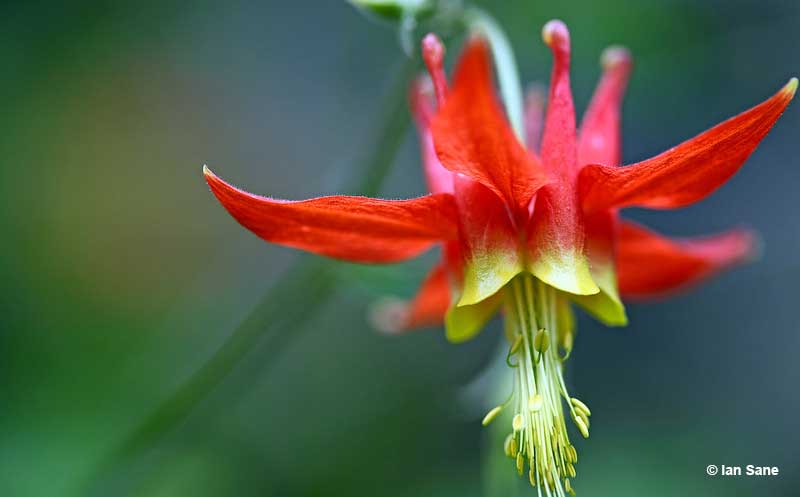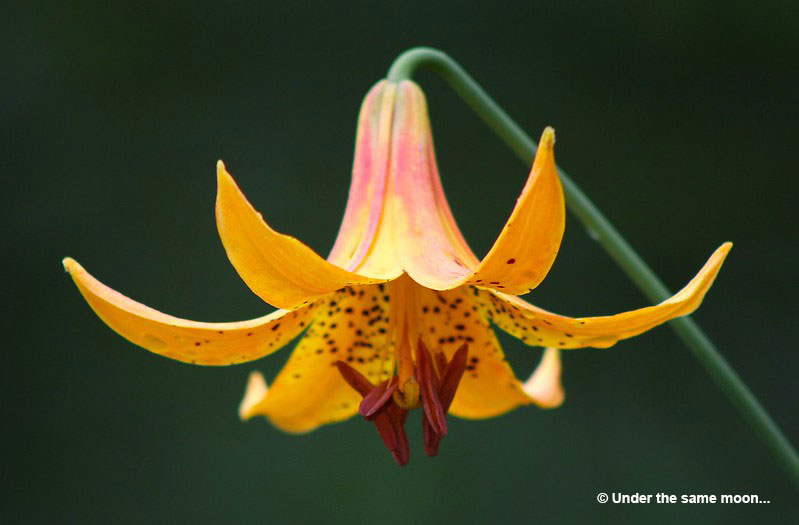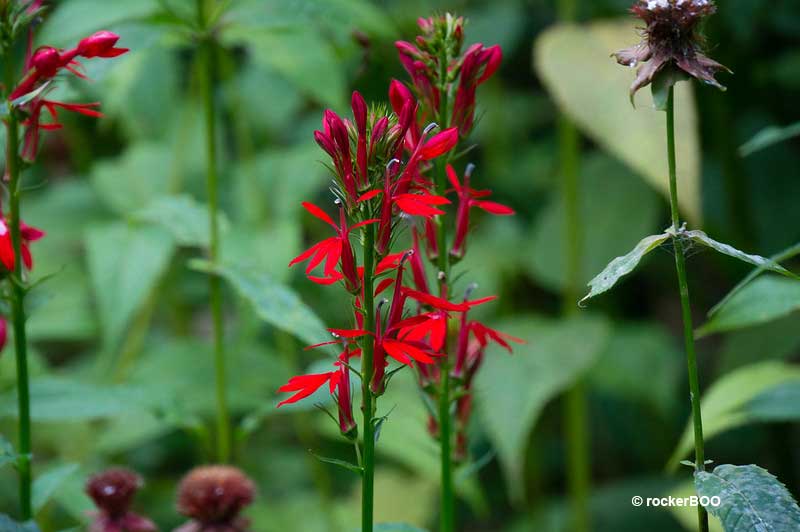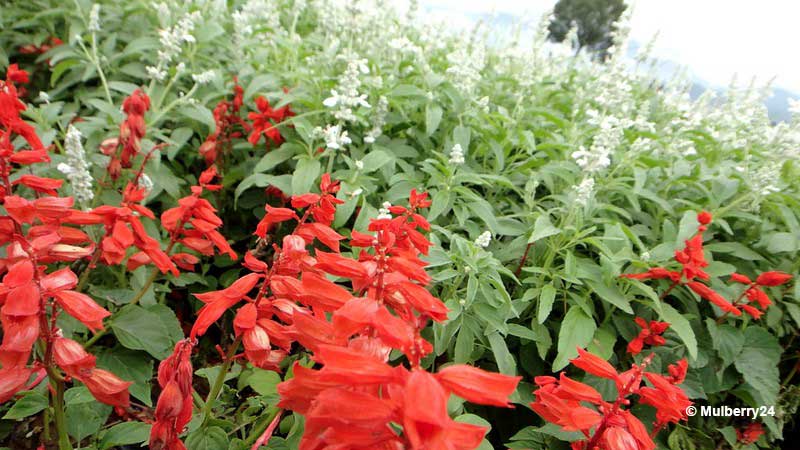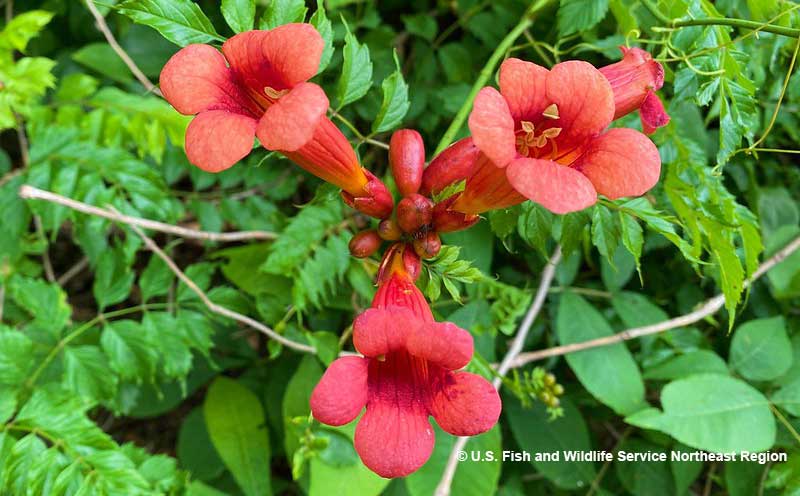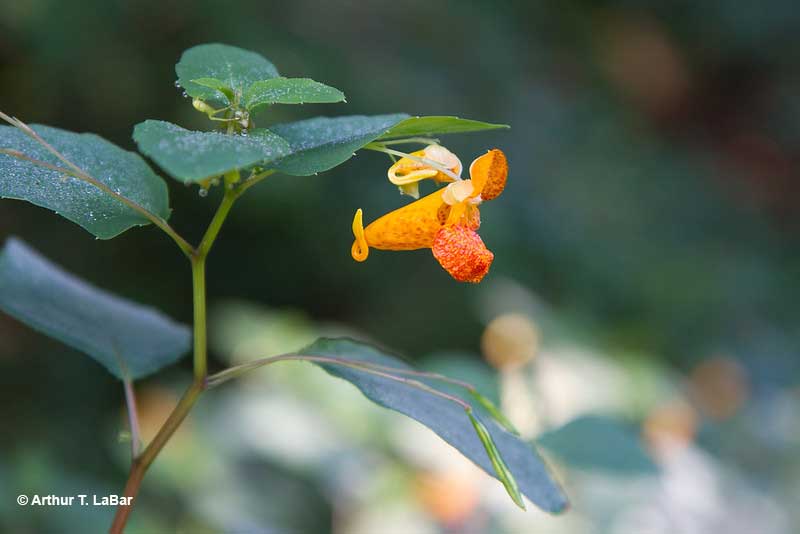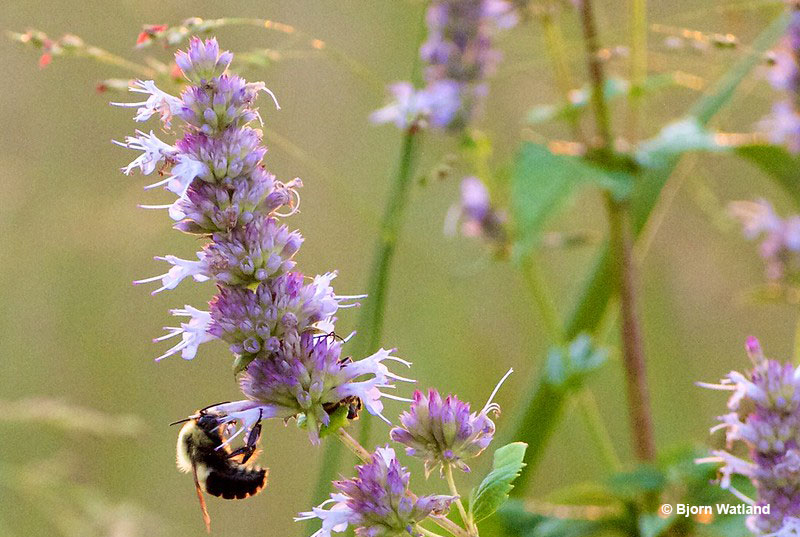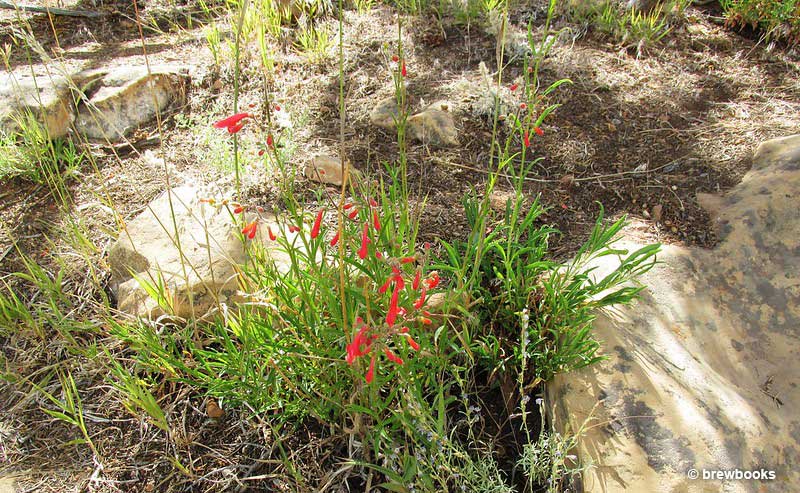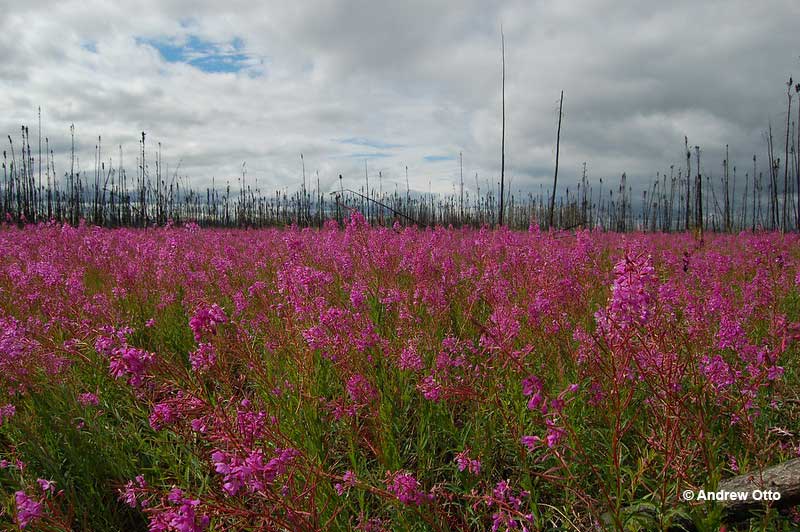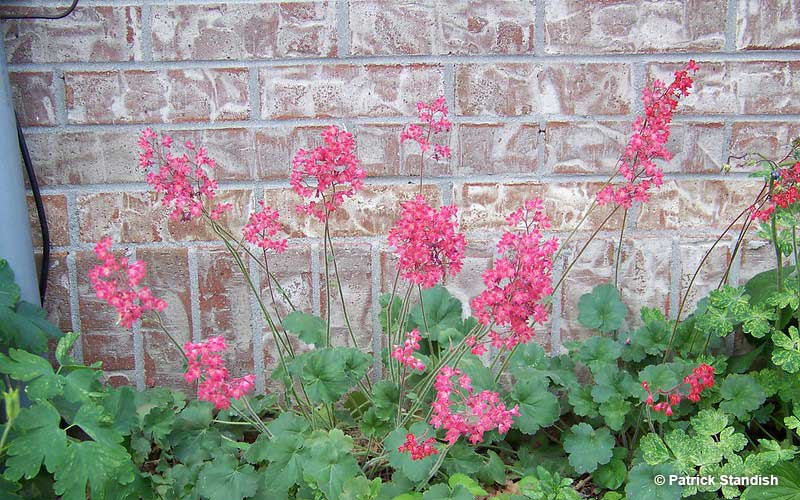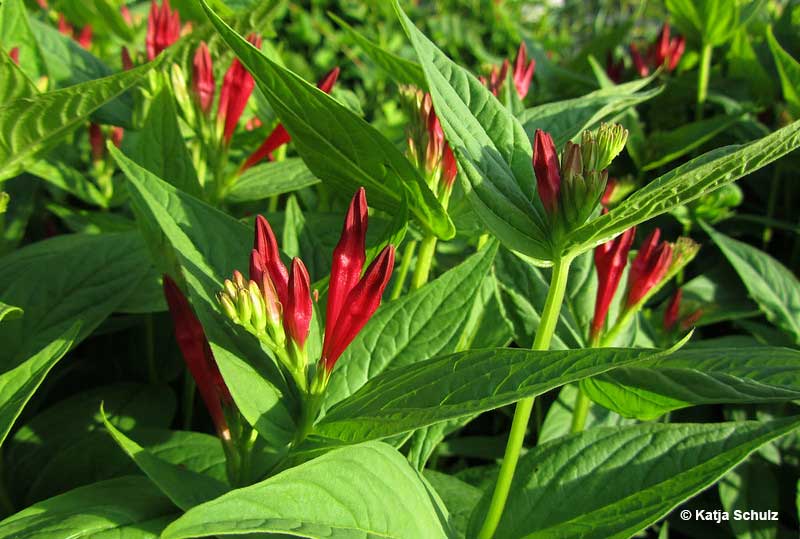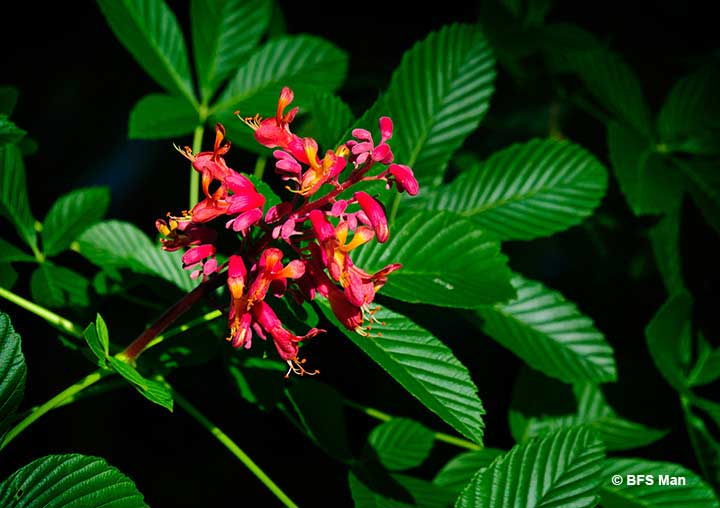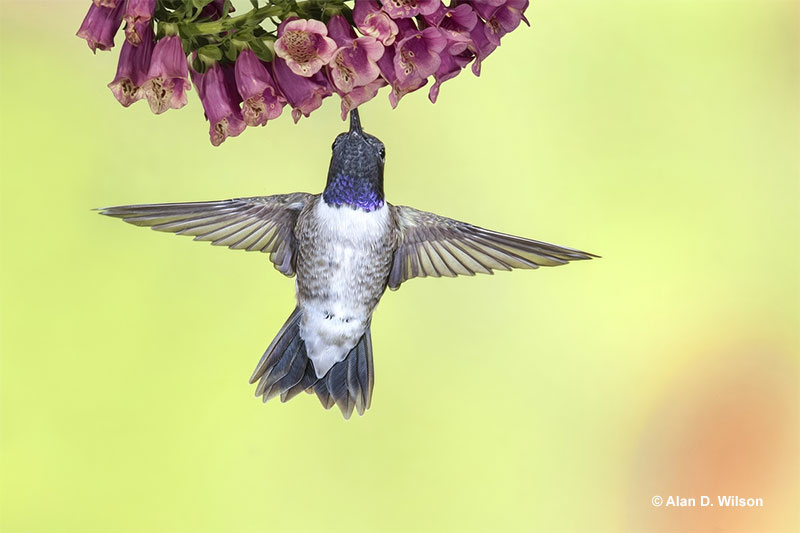
Hummingbirds are fantastic little birds! These feathered sprites provide natural entertainment with glittering plumage and fearless behavior. Even better, they come right into our gardens!
However, hummingbirds won’t visit any old backyard. Like many birds, they prefer certain types of plants that provide food and shelter. Plant the right type of vegetation and the backyard can become a hummingbird oasis.
Which plants work best for hummingbirds? See this article to help your backyard become hummingbird-central!
On this page
Why do hummingbirds love flowers?
Hummingbirds love flowers because these little birds are nectivores. In other words, flower nectar is their primary food source. Although they also feed on insects, hummingbirds literally cannot survive without also eating nectar.
Hummingbirds also need a lot of it! Sipping from an occasional flower now and then won’t do. No, to maintain their high metabolism, these glittering birds need to eat nectar several times per hour! With that in mind, they aren’t going to linger in places that lack booms or feeders.
Related: How to make your own nectar
Hummingbirds need to locate abundant sources of food, as quickly as possible. The more flowers the better and once they find them, hummingbirds don’t usually leave until the food source runs out.
However, hummingbirds feeding from flowers isn’t a one-way street. Those same plants also need hummingbirds to pollinate them. Plant them in the backyard and you’ll be helping plants, hummingbirds, and insects while also filling your garden with vibrant, lively colors!
Flowers that attract Hummingbirds
Red Columbine
Aquilegia canadense
This beautiful plant has long, slender stalks that can grow to be two feet tall. The stalks are tipped with exquisite red, pink, and yellow blooms that hang upside down.
In addition to lending a touch of class to any garden, the flowers also act as an important food source for hummingbirds. It’s notable that they bloom right before Ruby-throated Hummingbirds come back to their breeding grounds.
Red Columbines do well in moist or well-drained soils under partial shade.
Canada Lily
Lilium canadense
This species is a lovely plant that can grow to be 4 feet tall. Four or more hanging, bell-shaped flowers grow out of the top of its long, single stalk.
They can be yellow, red, or pink, and their colors and shape make them popular plants for hummingbirds. The Canada Lily grows wild in woodland meadows.
Related: Hummingbird Facts
It can be planted as a bulb and grows well in moist soil. Canada Lilies also prefer sun or partial shade.
Coral Honeysuckle
Lonicera sempervirens
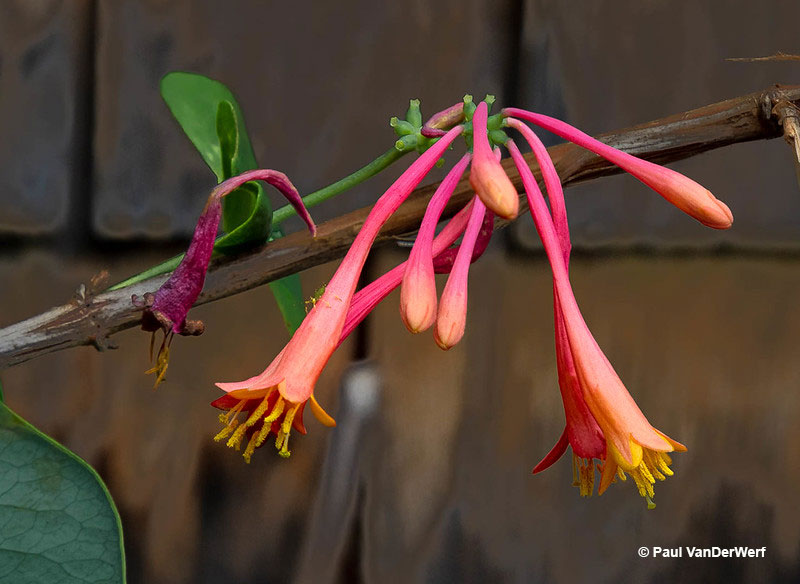
© Paul VanDerWerf
The Coral Honeysuckle is a climbing vine with bunches of long, tubular red flowers. Although this native plant is often confused with the invasive Japanese Honeysuckle, we can recognize it by its straight and tubular blooms.
Those flowers are perfect for Ruby-throated Hummingbirds and they love to feed from it. Other hummingbird species like it too!
Coral Honeysuckles do well in sunny spots with moist, drained soil. Plant them next to a fence or trellis.
Bee Balm
Monarda didyma
The Bee Balm is a type wild mint that can be three feet tall and two feet wide. Its bushy vegetation is topped with bunches of red and light purple blooms. The slender tubular flowers are perfect for hummingbirds and they of course love to forage at them.
Related: How to attract hummingbirds?
The Bee Balm grows well in sun with just a little bit of shade. These plants also prefer moist, slightly acidic soils.
Cardinal Flower
Lobelia cardinalis
The Cardinal Flower is a herbaceous plant in the Bellflower family. It can grow to be four feet tall and is also one of the best plants for hummingbirds!
True to its name, the Cardinal Flower has striking red blooms that grow from the top of its stalk. This flower’s shape and color makes it perfect for all sorts of hummingbirds.
Cardinal Flowers grow best in moist or wet soils in full or partial sun.
Scarlet Sage and other Sage species
Salvia coccinea, Salvia lemmonii, Salvia greggii
Scarlet Sage and other Sage species are plants that have evolved to be pollinated by hummingbirds and butterflies. Sages grow to be two to four feet in height and have stalks covered in bright red or yellow, tubular, bell-shaped flowers.
Some varieties also have purple blooms, but all work well for hummingbirds. It’s best to use a Sage species native to your particular region but all grow well in well-drained soils under partial or full sunny conditions.
Trumpet Creeper
Campsis radicans
The Trumpet Creeper is a vine with small dark green foliage and lots of red, tubular flowers. It grows quickly on fences and other surfaces, and can reach a length of 60 feet.
Although some people view this plant as a weed, it’s a native species that acts as an important source of food for insects and hummingbirds. The red, tubular blooms are adapted for hummingbirds and the birds often forage at them.
Trumpet Creepers grow well in sunny conditions.
Spotted Jewelweed
Impatiens capensis
Spotted Jewelweed is an herbaceous plant that can grow to two to four feet in height. Its delicate stalks also have pretty, orange, orchid-like flowers commonly used by hummingbirds.
This plant grows well in moist and wet soils and is a good one to plant next to a water feature or backyard pond. It also grows best in acidic soils. Although it can also grow in alkaline soils, those Jewelweed plants produce yellow flowers that hummingbirds don’t like.
Blue Giant Hyssop
Agastache foeniculum
This and other species of Agastache or “hummingbird mints” are excellent plants for hummingbirds and insects. They are herbaceous plants whose stalks are topped with bunches of small flowers.
The Blue Giant Hyssop has lavender-colored blooms, and can grow from two to four feet tall. Its many small flowers are also commonly visited by hummingbirds that quickly move from flower to flower. These pretty plants grow best in well-drained soils with sunny conditions.
Ocotillo
Fouquieria splendense
The Ocotillo is a desert plant native to arid zones in the American southwest and northern Mexico. In these regions, it’s also one of the best plants to use to attract hummingbirds.
Related: How to make your garden safe for birds?
Ocotillo is a cactus-like plant made up of slender, spiny sticks that grow in a clump, straight out of the ground. After rains, the stalks are topped with clumps of red, tubular blooms. These flowers are perfect for hummingbirds and they attract several species.
Bearded Penstemon
Penstemon barbatus
The Bearded Penstemon is an herbaceous plant that can grow from one foot to three feet in height. Several tubular, lavender-colored blossoms grow out of the upper part of its stalk. These flowers are a perfect fit for hummingbird beaks and also attract insects.
This plant species is native to rocky, open places in the western USA. With that in mind, it’s no surprise that they grow best in full sun and well-drained soils.
Fireweed
Chamaenerion angustifolium
Fireweed is an herbaceous plant that can grow from one and a half feet to five or even eight feet in height. It has slender leaves and a reddish stalk topped with a clump of delicate tubular flowers.
Its blooms are an excellent source of food for various insects and hummingbirds. This plant does best in full sun or partially sunny conditions and well-drained soil. It also grows best in northern regions and should be watered regularly.
Coral bells
Heuchera sanguinea
Coral bells are low and pretty, herbaceous plants with rounded or maple-shaped leaves. They can come in varieties with red, orange, yellow, or purple foliage, or their native green leaves.
However, the aspect of this plant that attracts hummingbirds is the abundance of tiny pink or coral-colored flowers that bloom on their stalks. These plants grow best in full or partial sunlight, in rich, well-drained soils. They also do best in neutral or acidic soil conditions.
Indian Pink
Spigelia marilandica
Indian Pink is a short, herbaceous wildflower that usually grows to be one or two feet tall. It has dark green, spade-shaped leaves and a stalk topped with a few dark red and yellow flowers.
These tubular flowers are a regular, native food source for Ruby-throated Hummingbirds. Their shape and color also make them popular among other hummingbird species.
Indian Pink grows best in shaded areas of the garden. It also prefers moist, slightly acidic soil.
Red Buckeye
Aesculus pavia
Red Buckeye or “Firecracker Plant” is a small deciduous tree or shrub that can reach heights of 20 feet. It has dark green, drooping leaves and stalks topped with clusters of red, tubular flowers.
The flowers are perfect for hummingbirds and they happily feed at them. This small tree does best in well drained, moist soils, and sunny conditions. It blooms three years after planting it. Red Buckeye grows best in the southeastern USA.
How To Make Your Garden Hummingbird-Friendly
Hummingbirds love to visit gardens, but they prefer places with certain plants and other conditions. First and foremost, they won’t show up if they don’t have food. Hummingbirds need to feed most of the time so, either well-maintained hummingbird feeders and/or native flowering plants are a must.
Feeders should be placed in partially shaded spots too high for cats to jump up to. If you use multiple feeders, they should also be spaced fairly far apart from each other.
Regarding plants, we have to make sure we use species that hummingbirds prefer (such as the 15 plants mentioned above). It’s also important to avoid plant seeds with pesticides like neonicotinoids. These poisons are lethal to birds and various insects!
Don’t just plant one type of flower, either. Instead, cultivate several types of flowering plants. Since some bloom in spring and others in late summer, they will provide hummingbirds with food during most of the breeding season.
We also have to be careful of predators. Although hummingbirds might seem too fast to catch, cats do prey on them! Keep your own cats indoors and other cats out of the backyard.
Big Praying Mantises are another serious threat, and Bullfrogs can catch hummingbirds that come to water!
FAQ
What plant attracts hummingbirds the most?
Plants that attract hummingbirds the most are bushes and other low plants with small, tubular flowers such as Lupine, Sage, Trumpet Honeysuckle, and Sages. Hummingbirds can feed from flowers with all sorts of colors but prefer orange and red colored blooms.
What shape flowers do hummingbirds like best?
When it comes to flower shape, hummingbirds love slender, tubular flowers the most!
What is the best hanging plant to attract hummingbirds?
The best hanging plant to attract hummingbirds is Fuchsia.
What is the most popular flower for hummingbirds?
The most popular flower for hummingbirds varies by region. However, some of the most popular flowers for hummingbirds include Salvia species (Sage), and Bee Balm.


